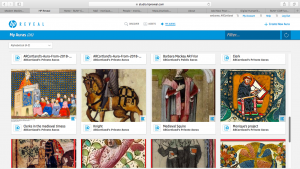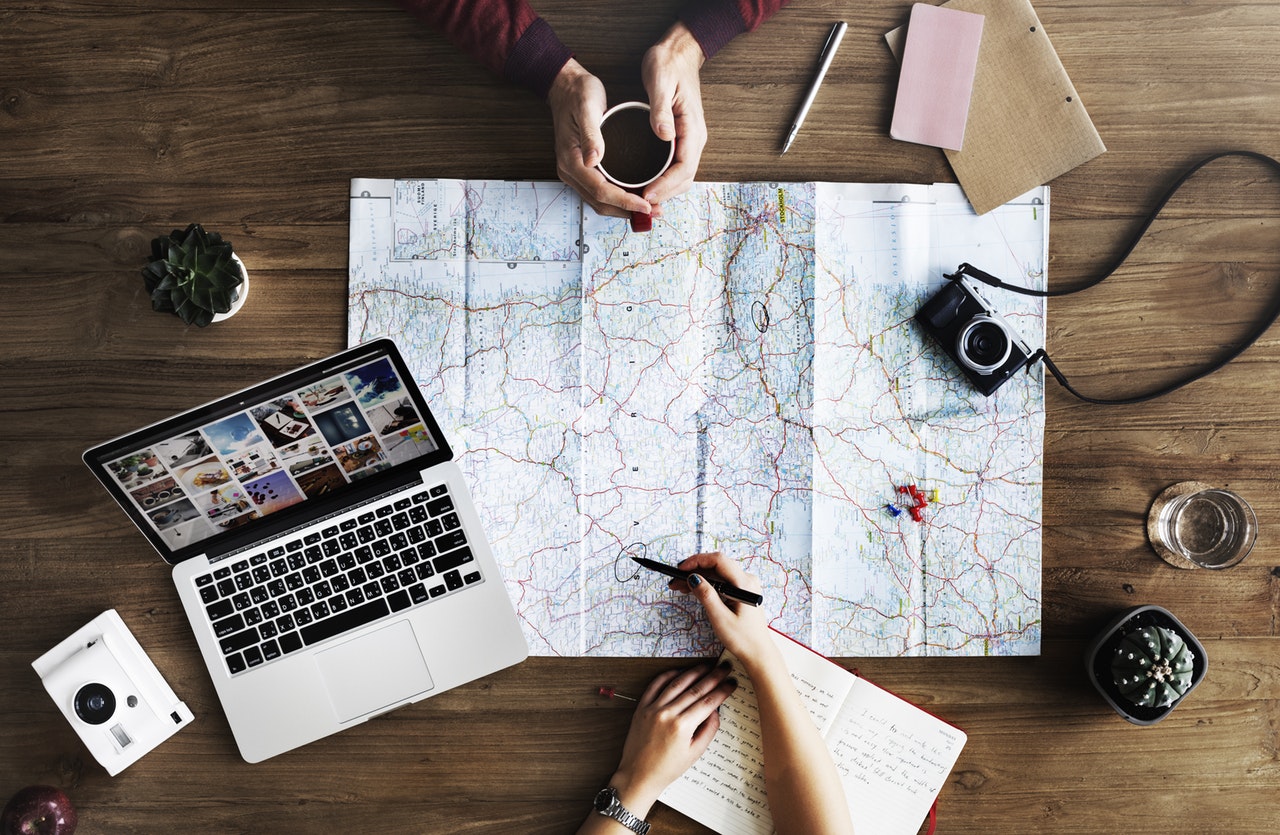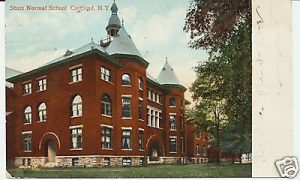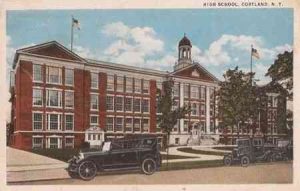
This was really challenging for me, but I think that this could be used in the classroom, at work conferences, selling products, social media. This was really neat and different. The only thing that I would say is that it is very limited. You must have the app in order to see the url that is attached to the actual photo, and I think that it should be a little easier to make. Other than that I think that this is very useful and has countless of opportunities if this program is modified. Sorry for posting this so late, Andrea and I have been working together trying to figure this out. So glad it’s finally done.
-Monique Walsh



